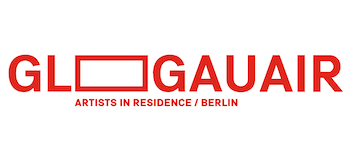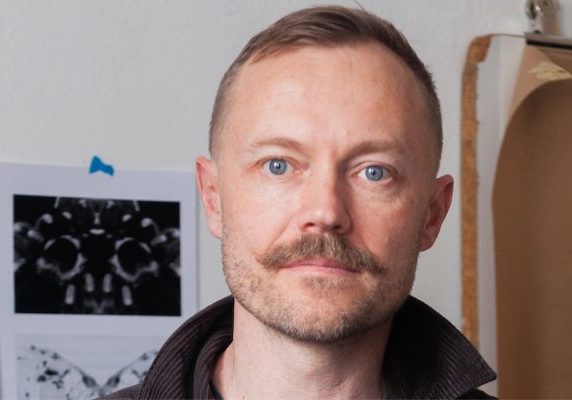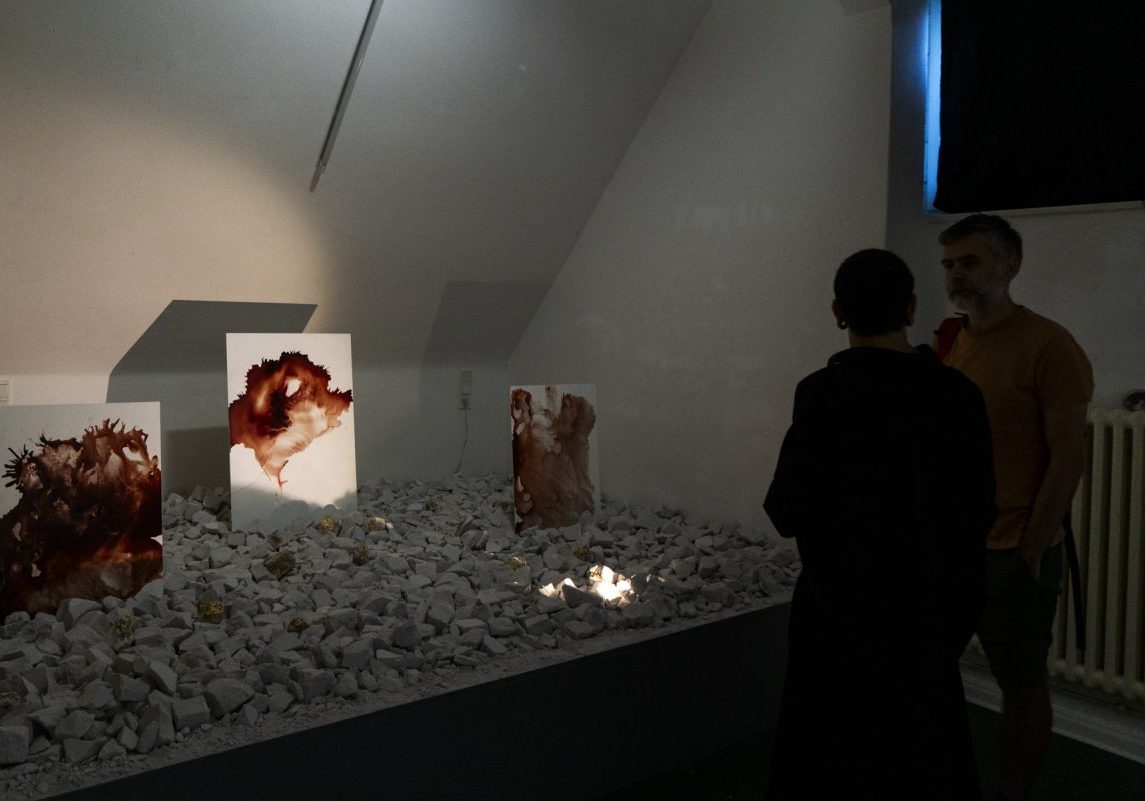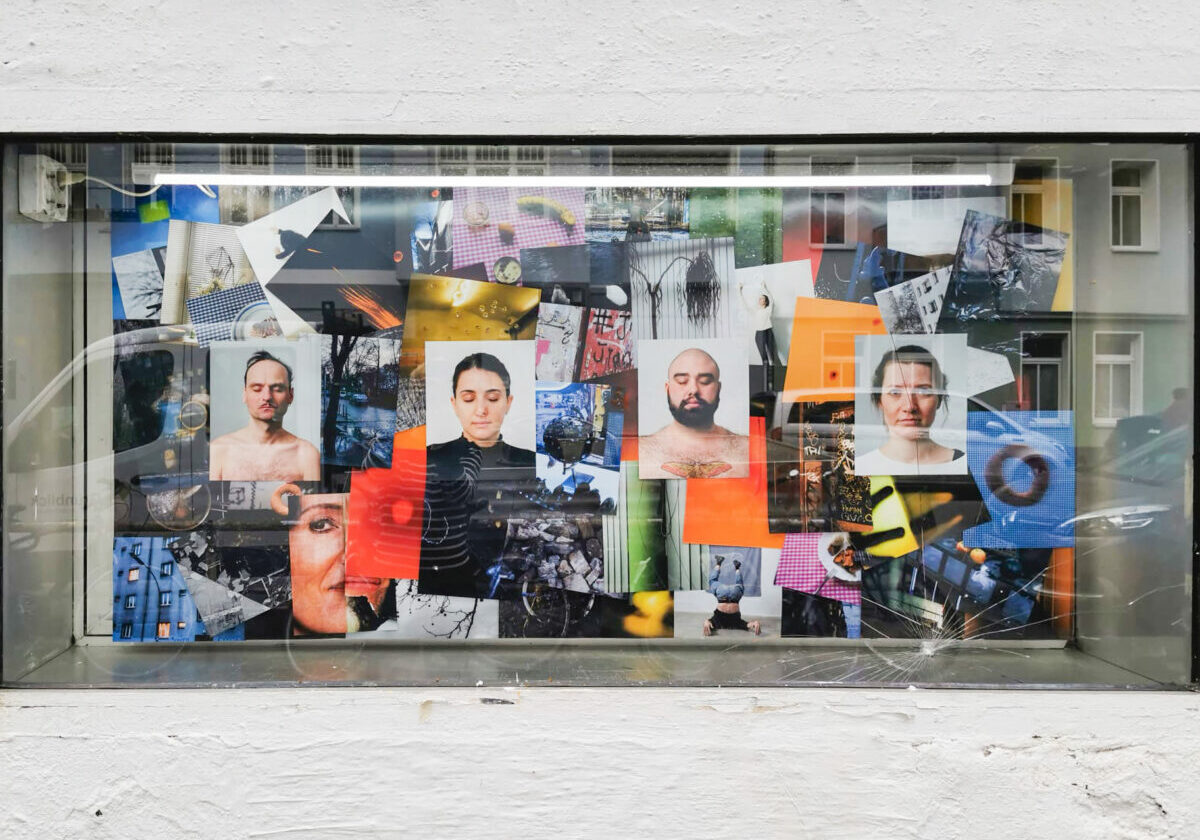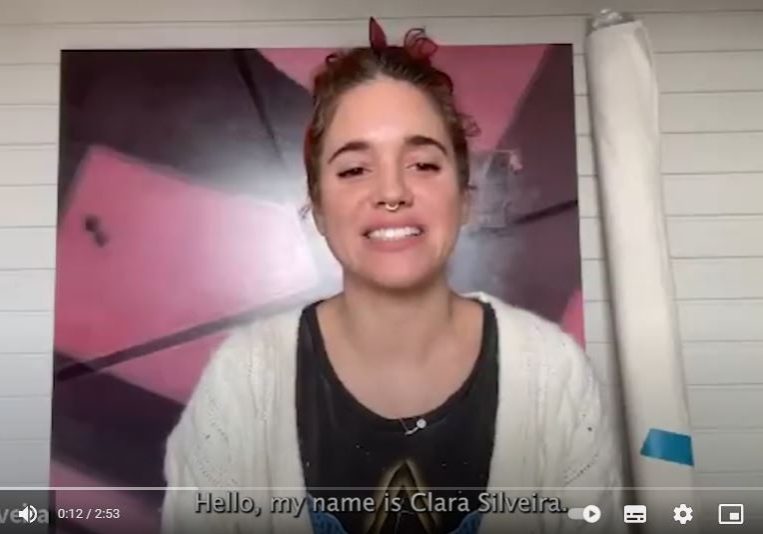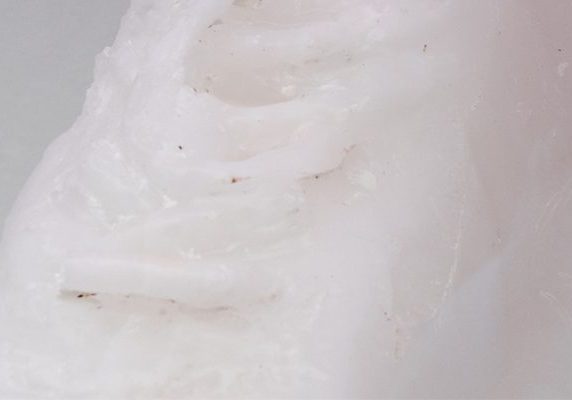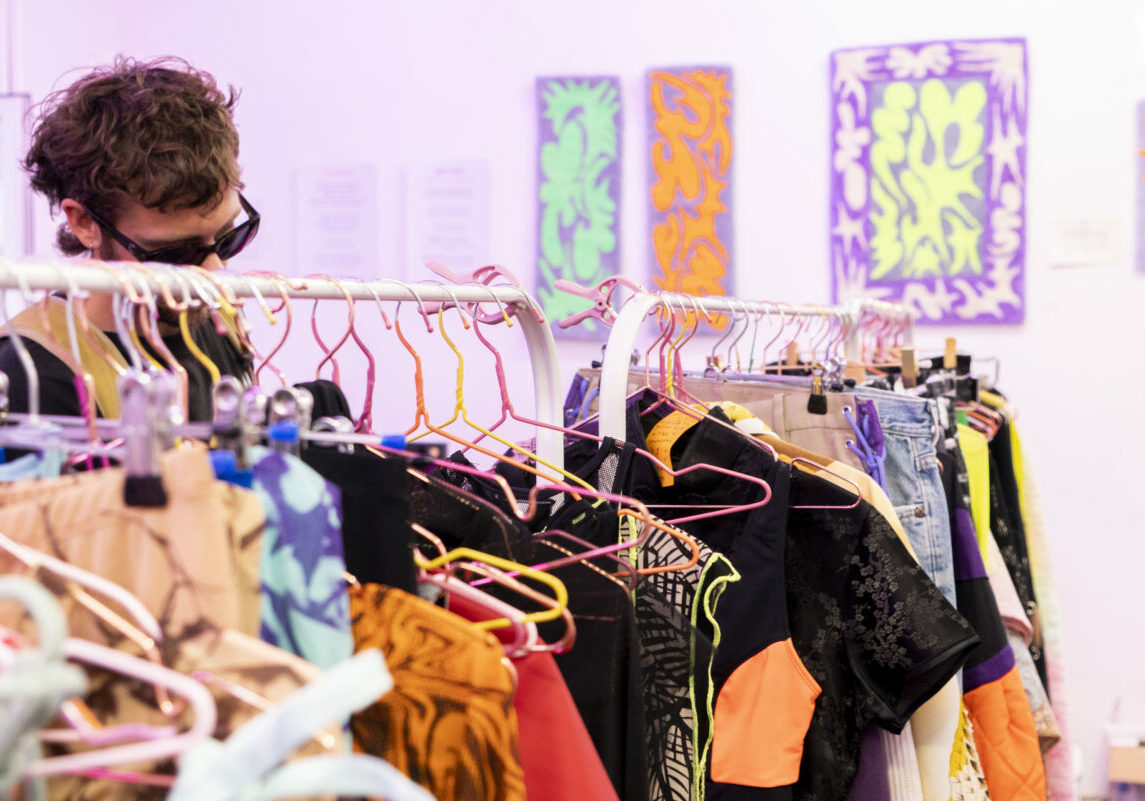Meet the Artist // Binyu Chen (Bing)
Bing 饼, a Chinese pancake that never had a certain flavor. Through performance, sound, and text to explore unstable states where boundaries between subject and object, human and non-human, visible and invisible begin to blur. For Bing, these unstable states are not failures but possibilities—ways of opposing interpretation, resisting discipline and questioning this world.
Can you tell me a bit about yourself and what you’re working on for your residency here?
I am here to collect and work with discarded objects–recycling in my own way. Trash can really reflect the history and the culture in different cities, and also the way people abandon things in different places. For example, some people just abandon things on the street in Berlin, because it’s tolerated. But in London, where I studied, you can only abandon things in the yard or, if you have something really big to throw out, you have to contact a company to do that and pay the fee. It’s very different.
In my hometown, I come from a very remote place in China near Chongqing, and people don’t really abandon things. They like to reuse them or give them to homeless people directly. It’s hard to find something really abandoned.
So, when I showed my father my studio at GlogauAIR, he was shocked because he thought I was digging from a trash bin. He didn’t know it is easy to collect abandoned things here. He was like, oh, my God, it’s so bad. I didn’t expect your life to have this much struggle in Europe! I was like, it’s not that bad!
The way people abandon things reflects the power structure in society. People can also be abandoned. If you lose the ability to work for this society, it can easily abandon you. Like homeless people, they lose their identity, they are “abandoned”, and they could be any of us. There’s no difference between human and non-human under the society’s structure.
For my residency, I’ve collected a lot of trash– mainly bicycle parts. I want to turn them into a music machine, to play by themselves. But at the same time, I want to do a performance to disturb the machine when playing–to have a dialogue with them. It reflects my concept of human and non-human– a conversation between them and me.
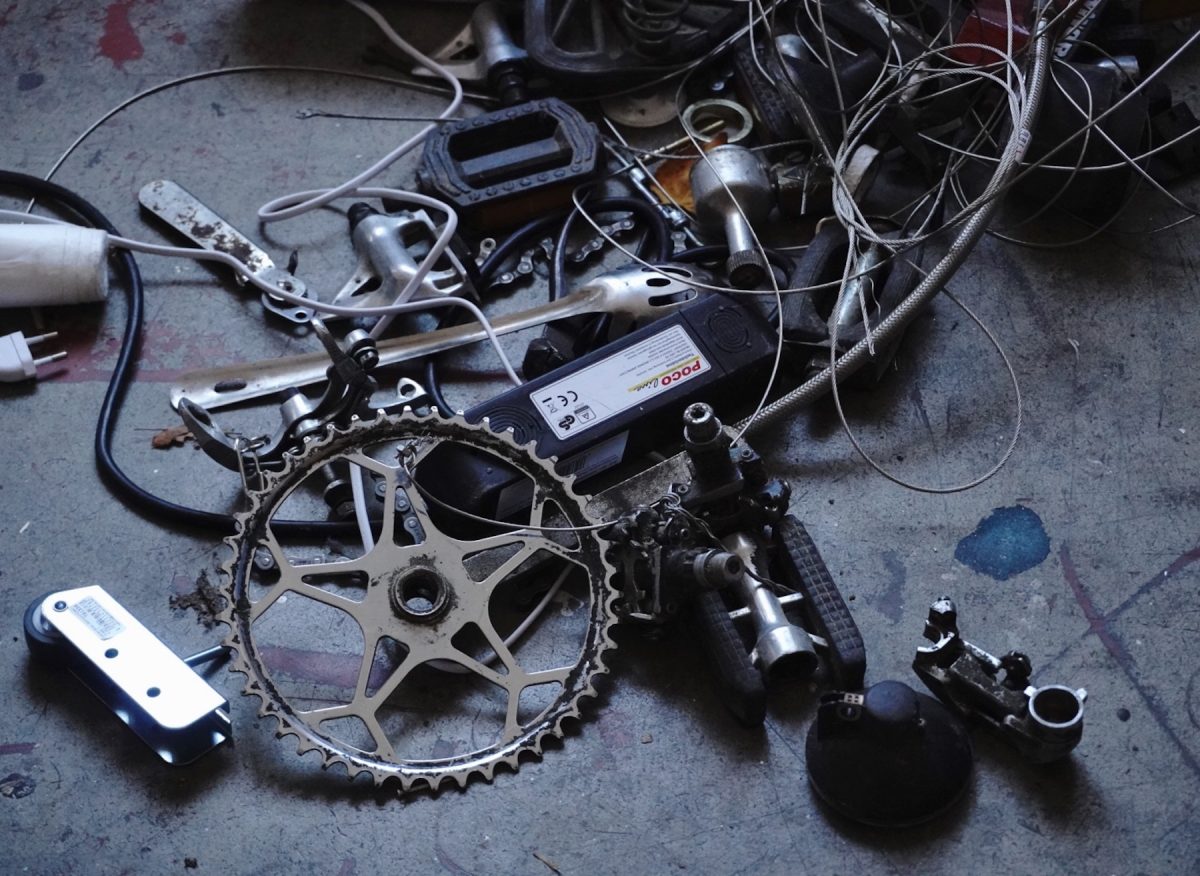
You’re de-centering human forms in your art. You also offer a vulnerable and in-depth insight to your identity through text. How do these two approaches work together for you that on the surface may seem contradictory?
The non-human concept always begins from human thoughts. It’s not only my concept, it’s philosophical. It all starts from who I am. I ask, what is the relationship between me and the world, and how do I communicate with it? And trying to make this world become better, or making myself become better. If someone says I only work with objects, and that my work has nothing to do with human beings, I don’t think it makes sense. It would lose the point of exploring things.
My work explores how society disciplines ourselves. My first point is the law. How laws shape us. Judgment actually comes from law. It disciplines our body directly, then it impacts our thoughts. That is also why I am constantly doing performance. Because people really need to use the body to feel the world and themselves and their connection with the world again. To resist the discipline of the law within judgment. That’s actually how I started to make art, and the core of my concept is how to resist discipline.
Another point is my technical medium. More specifically, in language and social media. That’s why I work with text. Language also conceals the power structure. The language you use and the way you express yourself reveal your social status. But at the same time, language is also a tool that can be used as a means of resistance. It’s a reasoning problem. You take different steps to try to solve the answer. My concept behind my art is like a mind map–a mind map of resisting discipline, that makes me start to think about power structures.
What makes a power structure is dualism. I can’t say what creates dualism. I’m still using my art to explore this. If we really need to abandon dualism, we need to start to blur the boundary between human and non-human. That’s how I start to decentralize human form.
That’s why I don’t think my approaches conflict at all.


You take on personas that have drastically different appearances in your video art. How do you create these characters, and what are the stories behind the performance?
It’s actually very easy for me, because those kinds of different characters, they all come from myself. Sometimes I’m a serious and academic person—I observe the world and think very carefully. That’s reflected in the character who uses a ruler to measure objects and the world.
But sometimes I feel like I’m a clown. This personality was shaped by my childhood. In my hometown, we don’t have culture at all. People don’t respect culture. They don’t read. They hate people. They hate knowledge. They hate knowledgeable people. So, I pretended I didn’t know anything when I was a kid, because that’s the only way they accepted me. That’s why it’s also one of my personas, being a clown, because otherwise I couldn’t survive in my home environment. I have to be the clown, otherwise nobody is going to be friends with me, or always judge me. That’s how this clown character in my work, “PATHETIC”, came from: they touched objects using other people’s “bodies” (their thoughts).
Sometimes I just feel like I’m an innocent internet kid-I explore the world through the internet. That’s why I have a piece called “Internet.” It’s complicated to figure out what is going on in my mind all the time. For me, everything is so complicated. It’s like I cannot feel myself, my emotions well. Performance is a way to know myself better.
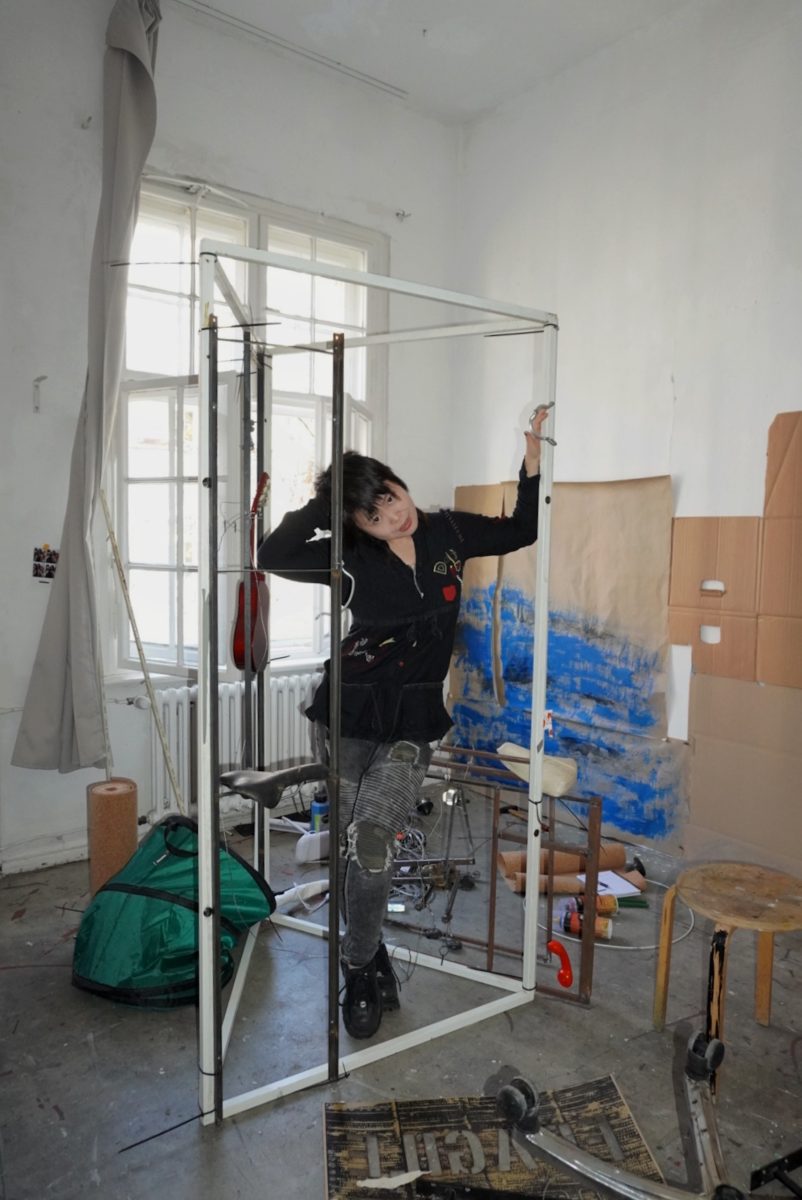
Interview Shay Rutkowski (@sruutrut)
Photos Yasemin Erguvan (@yaseminerguvan)
